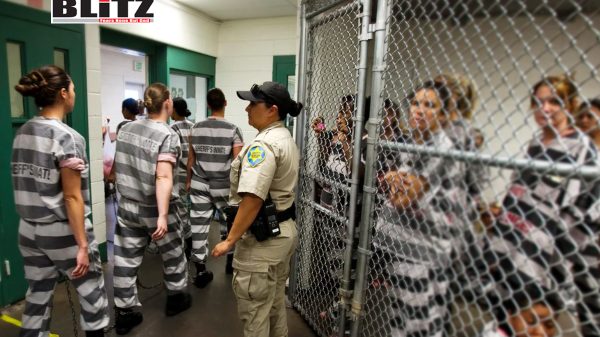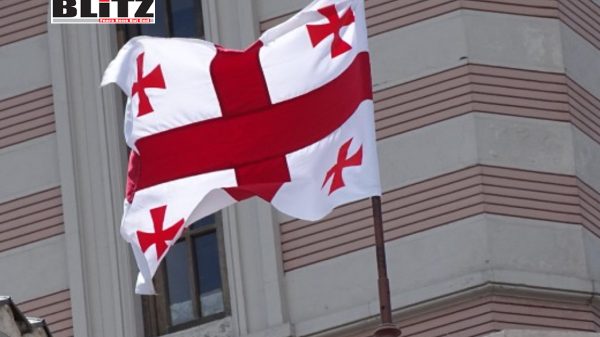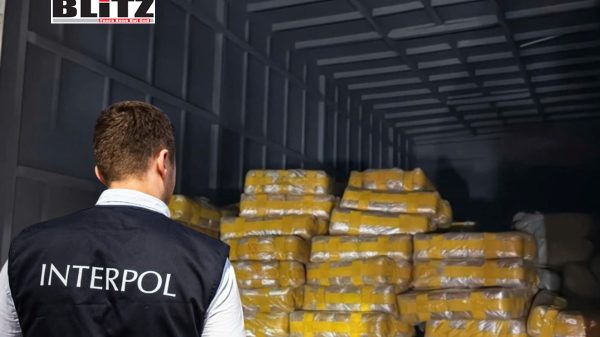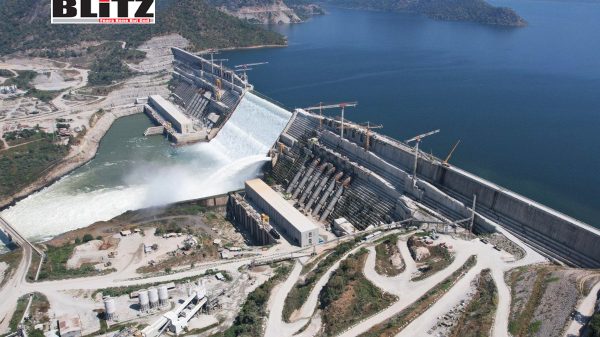Spain and Portugal crack down on cocaine networks as traffickers evolve tactics
- Update Time : Friday, September 19, 2025
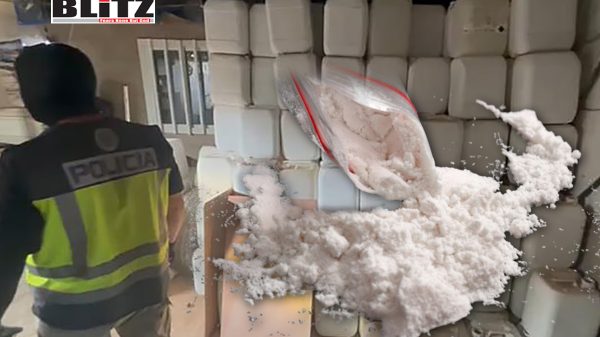
Spain and Portugal, long considered entry points for cocaine into Europe, have launched a sweeping series of operations against transnational drug trafficking groups, culminating in the seizure of more than four tonnes of cocaine and the arrest of over 60 suspects between November 2024 and September 2025. Backed by Europol, the crackdown reveals both the growing sophistication of criminal organizations and the deep entrenchment of the cocaine trade in European supply chains.
Authorities have reported that traffickers are relying on increasingly sophisticated concealment methods, making detection at ports and border crossings nearly impossible. Traditional “brick” shipments hidden in shipping containers have been replaced by creative strategies ranging from chemical modifications of the drug-designed to evade sniffer dogs and detection equipment-to concealment inside seemingly harmless goods.
One particularly striking tactic involved hiding cocaine in cowhides, allowing smugglers to exploit agricultural shipments that rarely receive the same level of scrutiny as high-risk cargo. According to investigators, some networks were able to ship dozens of containers from the Dominican Republic using this method before Spanish and Portuguese police, working with Europol, dismantled their infrastructure earlier this month.
Officials note that the Caribbean has become an increasingly important transshipment hub for South American cocaine bound for Europe. The Dominican Republic in particular offers traffickers logistical advantages, including busy ports, limited resources for inspection, and connections to both North American and European markets.
While some seizures relied on intelligence-led monitoring of international shipping, others focused on violent organized crime groups operating along Spain’s coastline. In a parallel operation, Spanish customs and the Guardia Civil dismantled a gang that moved large cocaine loads aboard fishing vessels and speedboats. The group, led by a Spanish national classified as a “high value target” by Europol, did more than smuggle drugs.
Investigators discovered that the gang laundered its cocaine profits through a network of fishing companies, making illicit revenue appear legitimate. Beyond financial crimes, the group was reportedly tied to extortion schemes, kidnappings, and violent enforcement tactics reminiscent of Latin American cartels.
In raids across multiple provinces, Spanish authorities seized millions of euros’ worth of assets, including luxury properties, high-end cars, speedboats, and fishing vessels. Firearms were also recovered, underscoring the group’s reliance on violence to maintain dominance in the criminal underworld.
Portugal, with its Atlantic coastline and historic ties to Latin America, has long been viewed as a strategic point of entry for South American cocaine. Portuguese ports serve as gateways for goods moving deeper into the European Union, making them vulnerable to infiltration by organized crime. In several of the operations carried out since late 2024, Portuguese authorities worked closely with their Spanish counterparts to intercept shipments before they reached distribution hubs in Madrid, Barcelona, and Lisbon.
Europol’s involvement was crucial in coordinating intelligence flows across borders. By linking seizures in Portuguese ports with surveillance operations in Spain, investigators were able to map broader networks, revealing how smuggling groups distributed cocaine from coastal entry points into central and northern Europe.
Europe’s cocaine consumption has surged in recent years, with the European Monitoring Centre for Drugs and Drug Addiction (EMCDDA) reporting record seizures across the continent. Spain and the Netherlands have historically topped seizure charts, but Portugal’s growing role reflects the adaptability of traffickers in redirecting routes to exploit vulnerabilities.
Law enforcement officials warn that despite record seizures, supply has remained robust. Prices for cocaine on European streets have remained stable, indicating that traffickers are able to absorb losses and maintain availability. For many groups, a single container successfully reaching Europe can cover the financial loss of multiple seizures.
What sets the recent cases apart is the level of violence and diversification of activities among the dismantled groups. Unlike traditional “transport” cells that limit themselves to smuggling, the Spanish gang dismantled in recent weeks maintained a portfolio of criminal activities including extortion and kidnapping. Investigators have described them as a hybrid between a maritime trafficking syndicate and a mafia-style organization.
The laundering of profits through legitimate-seeming fishing companies also highlights the challenge authorities face in distinguishing between legal business and criminal enterprise. By embedding themselves in local economies, groups not only move money but also gain influence, employ locals, and make law enforcement crackdowns more politically and socially sensitive.
The operations underscore the importance of cross-border collaboration in tackling drug trafficking. Spain and Portugal, though successful in their recent actions, remain only the first line of defense in a much broader European battle against cocaine. Seizures in Antwerp, Rotterdam, and Hamburg suggest that northern European ports are just as critical, with criminal organizations often using multiple routes to hedge against enforcement.
At the global level, the crackdowns also highlight the shifting geography of the cocaine trade. While Colombia, Peru, and Bolivia remain the primary producers, trafficking routes now extend through the Caribbean, West Africa, and even Eastern Europe. Each new adaptation reflects traffickers’ ability to innovate faster than enforcement agencies can respond.
Despite the high-profile seizures and arrests, law enforcement agencies acknowledge that dismantling cocaine networks is an ongoing struggle. Criminal groups operate with international reach, vast resources, and the capacity to reinvent smuggling techniques. For every shipment seized, many more may slip through undetected.
Spanish and Portuguese authorities have pledged to continue working with Europol and international partners to increase port surveillance, expand financial investigations, and disrupt money laundering mechanisms. Yet officials also recognize that enforcement alone is not enough; as long as demand for cocaine in Europe continues to rise, traffickers will find ways to meet it.
The latest crackdown marks a significant blow against organized crime, but it is unlikely to be the last. As cocaine networks grow more sophisticated, Spain and Portugal remain at the frontline of a war that shows no sign of abating.



